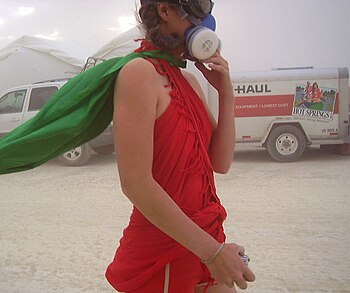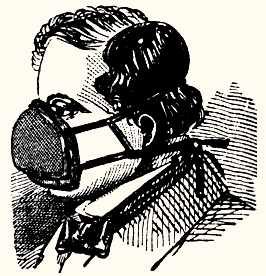To assist people with the licensing requirements, Future Environment Designs has submitted three courses (mold worker, a two day course; mold remediation contractor a three day course; and mold assessment consultant, a four day course) for approval to New York State Department of Labor (NYS DOL). We are hoping to be approved before November so we can start holding these classes in November & December, 2015 (give us a call to make arrangements).
 |
| Mold Remediation Project in Nassau County. Licenses will be Required by 01/01/16. |
NYS DOL has created a NYS Mold Program website. At present, it has the original legislation, the chapter amendments and sample course outlines for the three licenses, along with an FAQ.
In our blogpost on February 7, 2015 we discussed the details of the law. Some of the Chapter Amendments to Article 32, that revises the law include:
- a modification of the definition of mold to "any indoor multi-cellular fungi".
- Addition of the word "Project" and its definition, "means mold remediation, mold assessment, or mold abatement, of areas greater than ten square feet, but does not include (a) routine cleaning or (b) construction, maintenance, repair or demolition of buildings, structures or fixtures undertaken for purposes other than mold remediation or abatement." So licensing is not required for routine cleaning (this seems like it could be abused) and mold projects 10 (2' x 5') square feet (SF) or less.
- The addition of "on a project" for what is unlawful. For example, "It shall be unlawful for any individual to engage in mold abatement on a project or to advertise or hold themselves out as a mold abatement worker unless such individual has a valid mold abater's license issued by the commissioner." The same has been added to the mold assessment & remediation licenses.
- Changes were made to the minimum requirements to get a mold assessment license. Particularly a requirement for insurance to get the mold assessment license. The mold assessment business entity "must provide insurance certificates evidencing workers' compensation coverage, if required, and liability insurance of at least $50,000 providing coverage for claims arising from the licensed activities and operations performed pursuant to this article."
- Substantial change to the minimum requirements for a mold remediation license include the elimination of the requirement for a financial statement audited by an independent auditor. Mold remediation license will require providing "insurance certificates evidencing workers' compensation coverage, if required, and liability insurance of at least $50,000 providing coverage for claims arising from the licensed activities and operations performed pursuant to this article."
- Fees were changed. Mold Remediation license fee is to be between $500 - $1,000. Mold Assessment license fee is to be between $150 - $300. Mold Abatement (worker) license fee is to be between $50 - $100.
- Exemptions have changed. Added to the list are "an owner or a managing agent or a full-time employee of an owner or managing agent who performs mold assessment [or], remediation, or abatement on a residential apartment building of more than four dwelling units owned by the owner provided, however, that this subdivision shall not apply if the managing agent or employee engages in the business of performing mold assessment [or], remediation, or abatement for the public;" and "a federal, state or local governmental unit or public authority and employees thereof that perform mold assessment, remediation, or abatement on any property owned, managed or remediated by such governmental unit or authority."
- Nothing has really changed between the difference between assessment and remediation and the conflicts of interest between them.
- One minor change was done to the minimum work standards which was a rewording and the replacement of "must" with "may". Basically removing the requirement of a containment, and allowing a remediation plan not to require containment.
 |
| Mold Licensing will not be required for projects 10 SF or less or routine cleaning. |
Since NYS DOL has moved forward with the training requirements and has started the process of approving training providers, the next steps seem to be clarifying who is required to be trained for mold assessment and remediation (owners, supervisors, foremen, industrial hygienists, etc.). In addition, the standards for assessment and remediation need to be fleshed out for a better understanding of what is expected. Another words still alot to do between now and January 1, 2016. Tick Tock! Tick Tock!



















.jpg)
.jpg)























